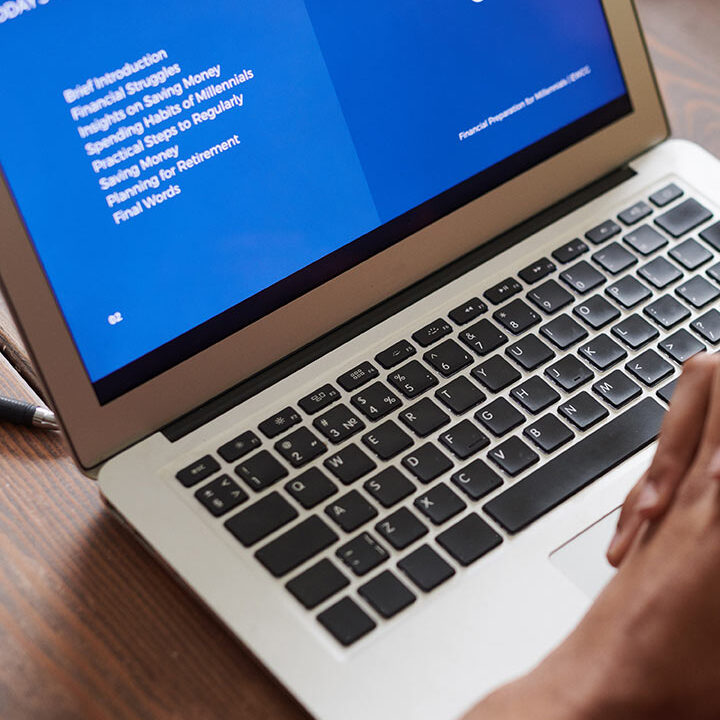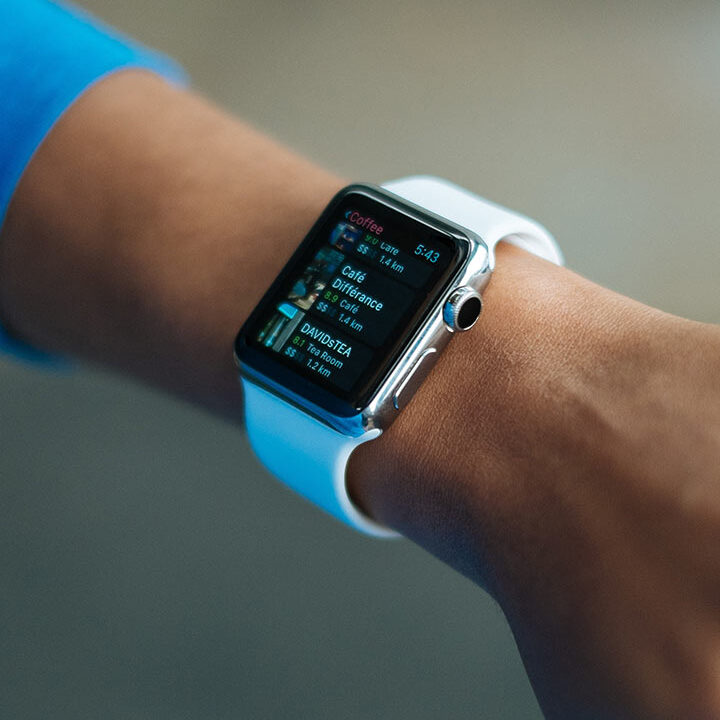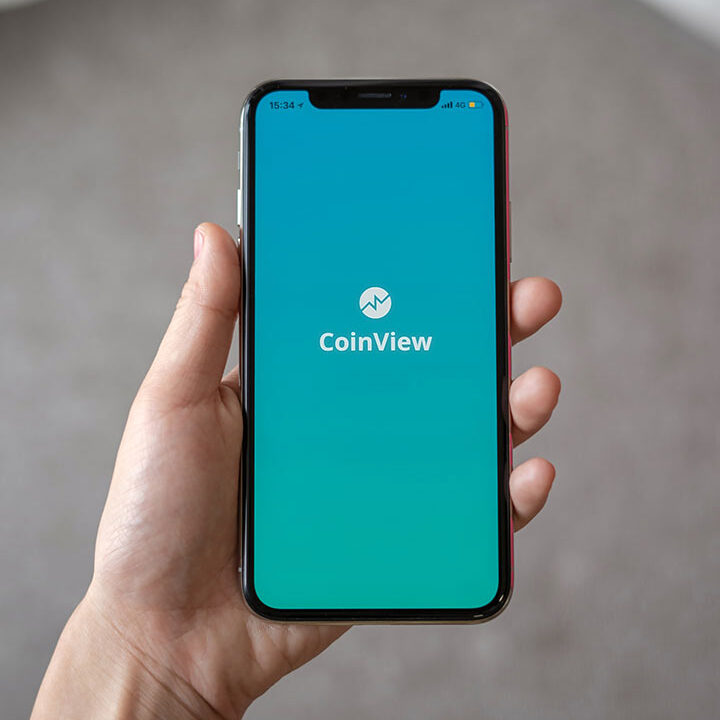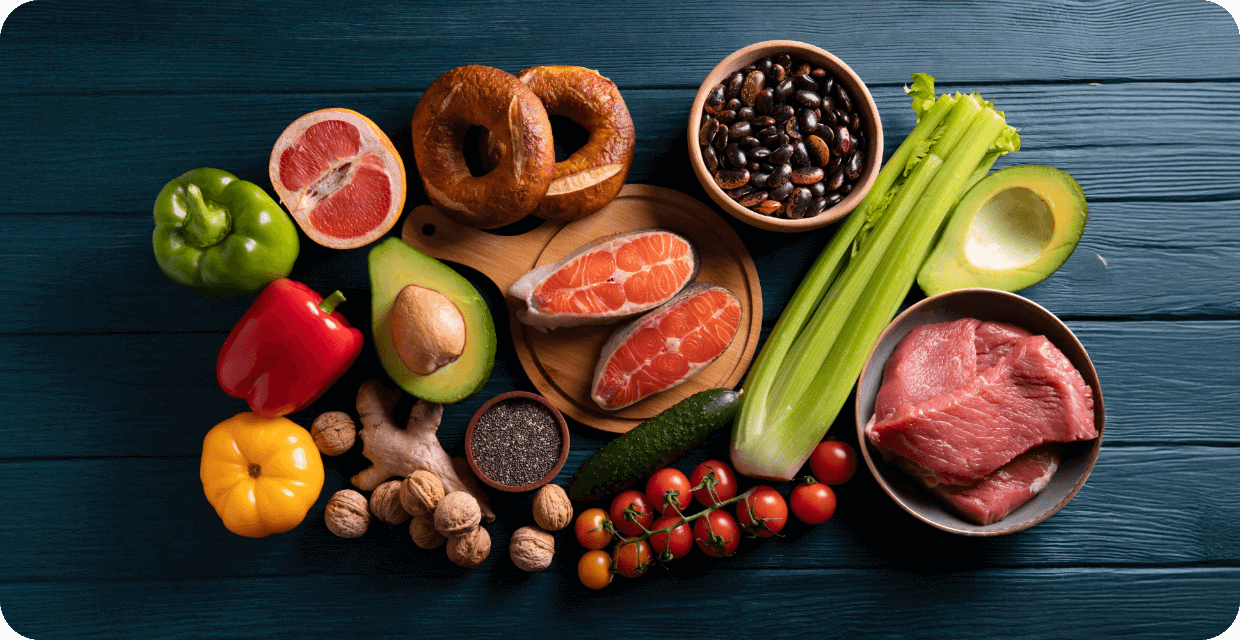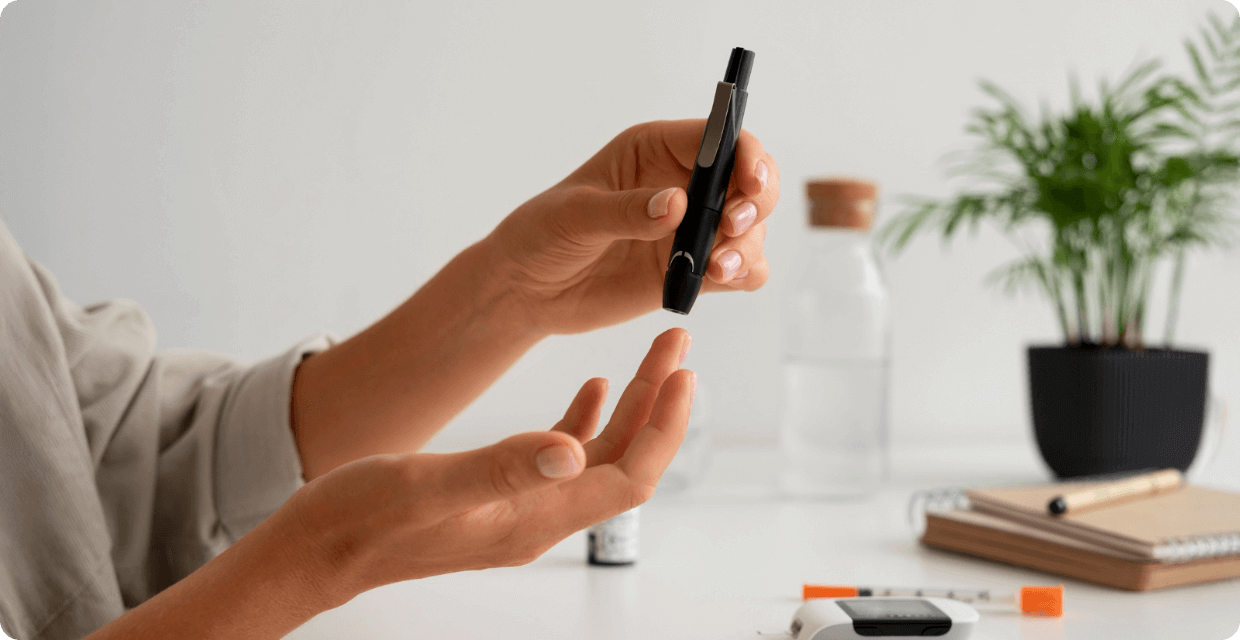9 Best Foods That Can Help Fight High Blood Pressure
If you have been diagnosed with high blood pressure, you may be wondering if the foods you eat have an impact on your health. The answer is yes. Diet and other lifestyle factors can have a significant impact on blood pressure and also lowers the risk of falling victim to hypertension and related conditions, such as heart disease, stroke, and renal disease.
Following a diet rich in fruits, vegetables, whole grains, and low-fat dairy products can help you get your blood pressure under control. Fruits and vegetables lower blood pressure and are high in vitamins, minerals, and fiber, all of which promote overall health. They include potassium, a mineral that is necessary for your body’s function and helps to decrease blood pressure. Eating fruits and vegetables immediately counteracts the effects of salt, which contains sodium and elevates blood pressure.
They contain a variety of vitamins and minerals that help keep your body healthy, as well as being low in calories and high in fiber, which aids digestion and heart health.
The following dietary categories may help treat high blood pressure:
- Fruits, such as oranges and kiwis;
- Vegetables, like asparagus and green leafy vegetables;
- Nuts, like walnuts and pistachios; and
- Spices, like cinnamon
Here are common veggies and foods that can support healthy blood pressure levels and help you stay well:
1. Leafy Greens: Nitrates: which are found in abundance in kale, spinach, collard greens, cabbage, and other greens, have been shown to lower blood pressure. Eating them raw in a salad or sautéing them can help you get your recommended daily intake.
2. Unsweetened Yogurt: According to a recent study, yogurt may help people with hypertension manage their blood pressure. Its high concentrations of calcium, potassium, and magnesium are believed to aid in blood pressure regulation. For a nutritious breakfast or snack, choose unsweetened Greek and natural yogurts that can be mixed with nuts, seeds, and fruits.
3. Fresh Berries: Antioxidant substances known as anthocyanins are found in abundance in blueberries and strawberries. Anthocyanins have been believed to lower blood pressure in hypertensive individuals. Moreover, they taste great. You can eat them as a sweet afternoon snack or sprinkle them over oatmeal, cereal, or yogurt.
4. Beetroot: The nitrate in beetroots allows the body to create nitrous oxide, a substance that has been demonstrated to lower systolic blood pressure. Try beets raw in salads or as a side dish. You may even buy sugar-free beetroot juice to sip or mix it into smoothies.
5. Sweet potatoes: Packed with fiber, potassium, and magnesium, this super food side dish is a tasty addition to reducing blood pressure.
6. Whole grains: Beta-glucan, a form of fiber found in oats and other whole grains, may reduce blood pressure’s systolic and diastolic levels. Have a side of seasoned quinoa for dinner, make your lunch sandwiches with whole-grain bread, or start your morning with a bowl of unsweetened oatmeal.
7. Pistachios: Consuming pistachios can reduce cholesterol and blood pressure. These nutritious nuts can add crunch and taste to a variety of salads, but they are best consumed unsalted. You can also eat a few handfuls as a snack or mix them into pesto.
8. Bananas: Potassium is a necessary mineral that reduces blood pressure, relaxes blood vessels, and aids in the body’s elimination of sodium. A medium-sized banana has approximately 420 milligrams of potassium, which is a potent amount. Other foods high in potassium, such as avocado, tomatoes, beans, and mushrooms, may naturally lower blood pressure.
9. Kiwifruit: Eating two kiwifruits per day may help decrease blood pressure. Kiwi tastes great sprinkled over plain yogurt or diced up in fruit salad.
Foods To Avoid If You Have High Blood Pressure
Which meals should you avoid if you have high blood pressure? The following foods have the potential to raise blood pressure either rapidly or gradually. Avoid them or eat them in moderation to keep blood pressure issues at bay:
- Processed meats like sausage and hot dogs
- Salted snacks, such as potato chips and pretzels
- Soups and veggies in cans
- Mixtures of dried soups
- Meat from Deli
- Fast food
- Butter
- Margarine
- Chips made with potatoes
- Popcorn with salt
- Nuts with salt
- Dairy products made with whole milk
- Salad dressings and ketchup
- Pickled food
- Rice, pasta, and potato combinations in boxes
Is there anything else I can do to reduce my blood pressure?
To keep your blood pressure in check, we advise:
- Engaging in regular activity to reduce stress, such as breathing techniques or meditation
- Achieving or maintaining a moderate body weight;
- Staying away from smoking
- Talking to a physician
Conclusion
Lifestyle and dietary changes can help in keeping high blood pressure or hypertension in control. It can be helpful to follow a balanced diet that emphasizes moderate consumption of fruits, vegetables, oats, nuts, lentils, herbs, and spices. On the other hand, processed foods, alcohol, and too much salt can exacerbate hypertension.
To control high blood pressure and lower the risk of cardiovascular disease and other health problems, a doctor can assist a patient in creating a plan that includes exercise and dietary choices. In case, you are looking for an online health coach who can help with hypertension management, MDChronic is here for you. You can choose to enroll in our virtual healthcare program or request guidance on how to manage chronic hypertension to keep your fluctuating blood pressure in check.



